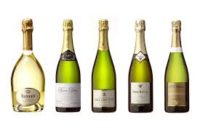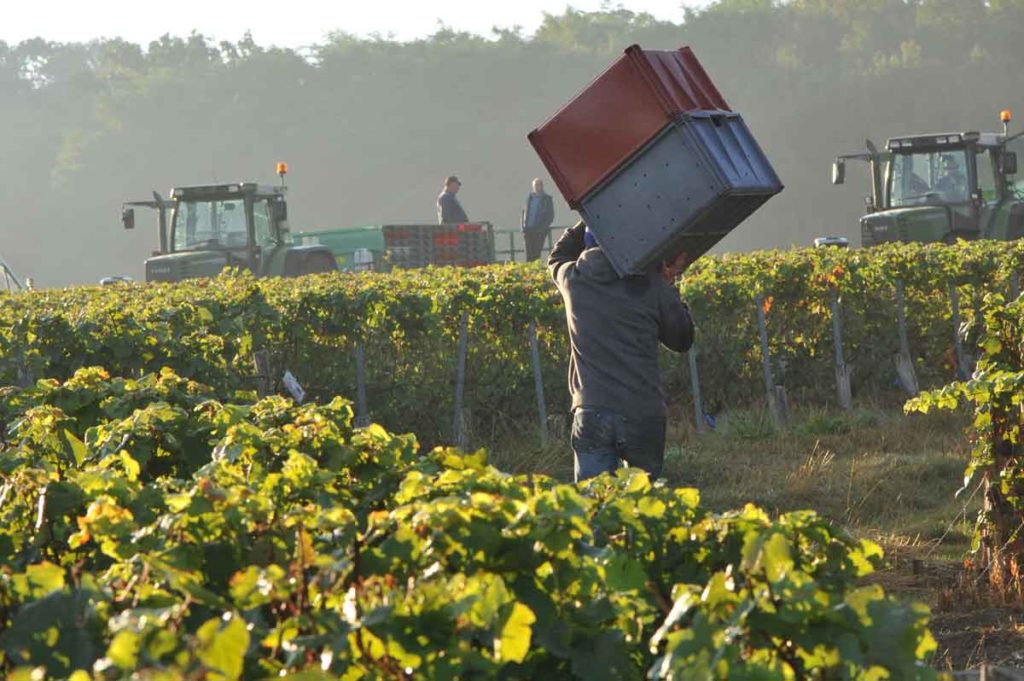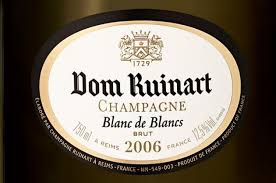 First of all Blanc de Blancs is a French term that means “white from whites”, and is used to designate Champagnes made exclusively from Chardonnay grapes.
First of all Blanc de Blancs is a French term that means “white from whites”, and is used to designate Champagnes made exclusively from Chardonnay grapes.
Secondly – Champagne Geography – the key districts for Blanc de Blancs are the Côte des Blancs and Côte de Sézanne. The Côte des Blancs is particularly famous for its Chardonnay and yield the best examples of this style. The six grand cru villages include: Avize, Chouilly, Cramant, Le Mesnil-sur-Oger, Oger and Oiry. In Champagne, unlike Burgundy, the grand cru classification is linked to its villages and not vineyards. The designation denotes not only the highest-quality grapes—but also, generally, those that command the highest prices.
Thirdly, the differences in aromas and flavors are attributable to terroir. For instance, the Côte de Sézanne tends to yield riper fruit, hence riper wines. Other differences are the result of winemaking techniques, the degree of dosage, and other variables.
A classic Blanc de Blancs is restrained and elegant when its young, yet with ageing, it develops a mouth-coating brioche richness that overlays an intense expression of fruitiness.
Blanc de blancs Champagne is vibrant in its acidity it wants nothing more than to throw itself into comfort foods, seafood, and fried foods.
Producers include Salon, Billecart-Salmon, Jacques Selosse, Dom Ruinart, Krug, Guy Larmandier, Champagne R&L Legras, Champagne Henriot, Pol Roger, Krug, Louis Roederer, Dom Ruinart, Vilmart, Taittinger, and J. de Telmont – also seek out smaller producers, you will be surprised and delighted.


